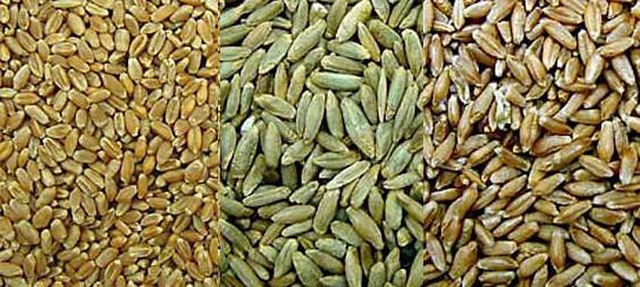Agricultural markets are expectant on the forthcoming March 29 planting report by the U.S. Department of Agriculture (USDA).
Last week, USDA’s World Supply and Demand Estimates (WASDE) report lowered Brazil’s 2024 soy crop output to 1 million tonnes. The report also sustained its previous corn/wheat 2023-24 stock estimates. WASDE is strategic at offering monthly estimates on coarse grain, oilseed and cotton supplies in and outside the U.S.
Prospective Planting Reports normally guide the market performance of the next grain and oilseed crop by giving acreage stats.
Traders in futures markets normally await the reports as a reference to form price projections.
Wheat Bearish
This at a time when the most recent WASDE report left a dampening note especially for wheat. The grain’s available supplies are 18% higher than 2023’s. This could hurt the price on both hard and soft winter varieties.
Now traders are looking even more hopefully for the March 29 planting report to predict supplies. After China cancelled 9.7 million bushels of American Soft Red Winter wheat imports on March 2024, domestic reserves have upped.
This has killed hopes of a price recovery beyond the slight bounce of March 11 that followed WASDE report. Besides, USDA also lowered the farm gate price for the grain to $7.15 a bushel, a $0.05 reduction from earlier estimates.
Corn, Soy Prices Steady
There is price hope for coarse grains and oilseeds in the event that projections of low global production materialize.
Corn output will be lower in the 2023-24 market year in South America, South Africa and Eastern Europe. WASDE projects a total coarse grain availability of 1.507.4 million tonnes or 2.7 million below expectations.
This however will not leave the farmgate price of corn unharmed. USDA lowered it to $4.75 per bushel based on the current trends.
Interestingly, despite this farmgate slump, corn is steady in the futures markets. It added 2 cents to the bushel above the previous value on March 11 in Chicago.
Analysts are hopeful that following the planting report, corn will still hold to neutral projections, at $4.85 a bushel.
Also steady is soy, whose production for the 2023-24 season remains low at a global best of 658.7 million tonnes. This is nevertheless a reduction of 0.7 million tonnes. Ending stocks from 2023 are now also down to 114.3 million tonnes, a 1.8-million drop from previous estimates.
This reduction is partly due to South Africa’s and Brazil’s lesser harvests.
The main loser among soy-based products will be soybean oil, which will lose 2 cents for each pound sold.
Analysts are bullish nevertheless on soybeans and believe that the oilseed will hold past March at $12 a bushel.
The last high for soy in Chicago futures market was $11.85 a bushel on March 8, up from $11.49 on March 5.
This is all the more reason traders await the planting report to help determine real crop positions.
